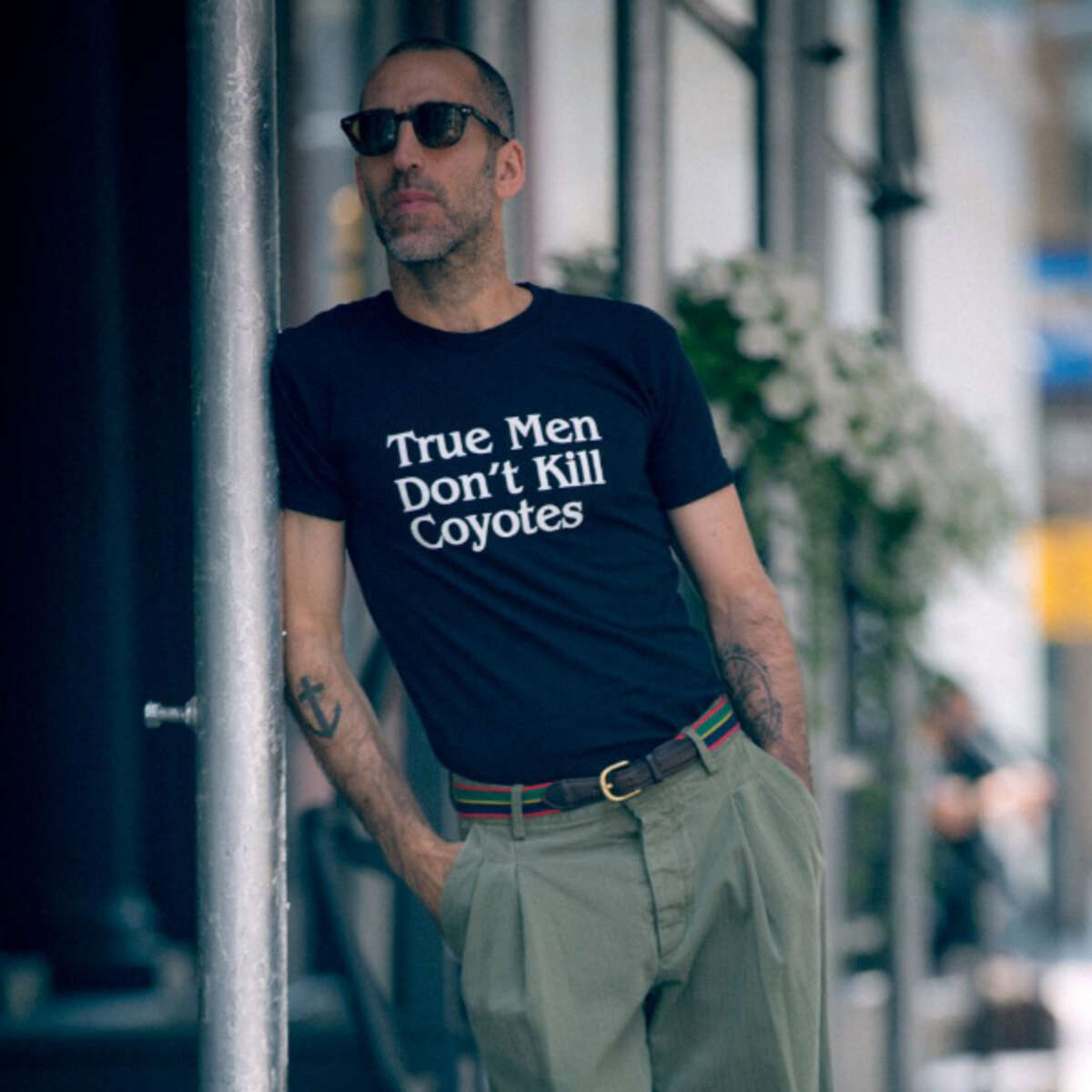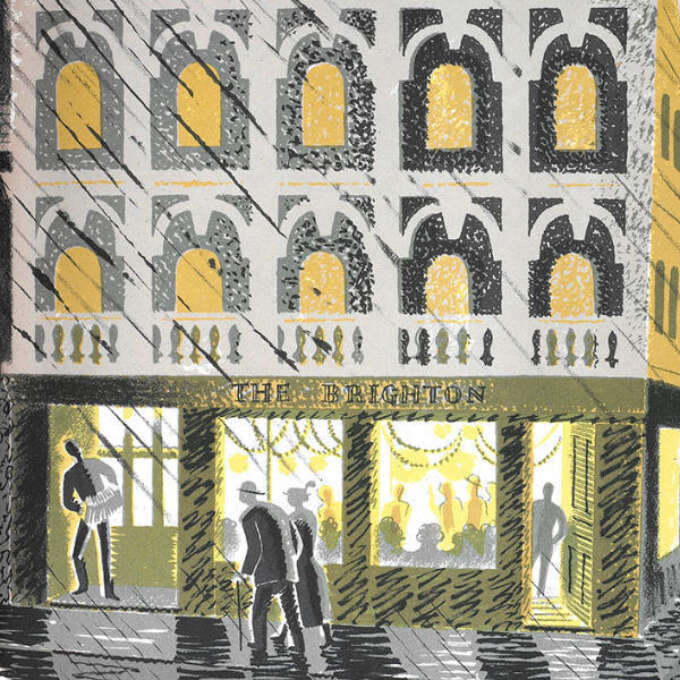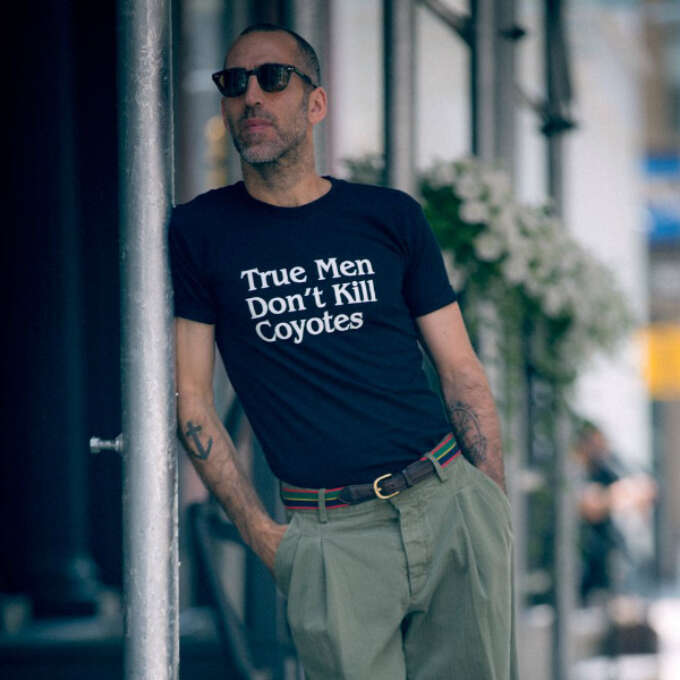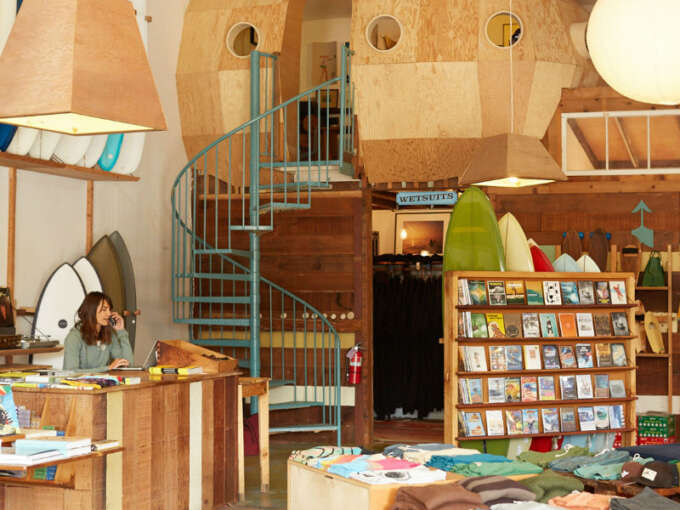I hate shopping for clothes. It seems like a strange confession from someone who writes for a menswear site. I should make it clear that I’m fine with online shopping and research. What really troubles me is the the physical act of going into a store in 2015, which is rarely a fulfilling experience.
A few weeks ago I had some time to kill in Dublin’s city centre and decided to go into a high street Clarks and do some browsing. I was considering a replacement pair of desert boots. There were about four staff on the floor while I browsed and the store was empty. Not one of them acknowledged me with a hello, let alone asked me if I needed help or would like to try some shoes on in the approximately five minutes I was in the store.
Last week I was asked to help buy some winter trousers for my father. I decided to try Marks & Spencers; The clothes were relatively well presented and styled, the fabrics good quality and the cuts smart without being too trendy for a 61 year old to pull off. Unfortunately this hard work, presumably carried out by well compensated and motivated design and marketing teams in their corporate headquarters, was completely undercut by the atmosphere of the store (tense, frantic) and attitudes of the staff (indifferent, hurried).
The words “Why wouldn’t you buy online?” kept running through my head like a mantra. With the exception of being able to try things on in person (which still might lead you to a potentially cheaper and more convenient online purchase) I would see no reason not to.
Now at this point I should make clear that I’m not blaming the employees at these establishments. I’ve worked enough fashion and general retail and know how frustrating and banal it can be, to quote Office Space:
I should also make it clear that most independent shops have no more reason to gloat about their unique “artisanal” customer experience than the major high street outlets mentioned above. I’ve spent enough time in major cities at boutiques and tiny flagships with great product and branding that were let down by cold and unwelcoming staff just as blankly uninterested in their product as a mainstream store.
When Brendon Babenzien (formerly creative director of Supreme) was recently interviewed about the launch of his new store and brand NOAH, he repeatedly emphasised his desire to capture the easygoing, congenial atmosphere of the small town skate/surf shop he worked in as teenager in the 1980s. I completely understood his enthusiasm, and I’m not surprised that a fashion veteran who presumably, has seen the range of retail possibilities available throughout the world still hankers after that feeling.
My adolescence was spent in the skate subculture. Hanging out and occasionally working in skate shops was a big part of that and a good skate/surf/snowboard shop was the kind of place where people liked to meet up, talk and share enthusiasms—and to spend money when and if they had it. These people were also loyal customers because they liked the people working there and they trusted their taste and experience. Twenty years on it remains my gold-standard of what a shop can be in terms of customer service and culture and Babenzien’s idea of applying that approach to a general menswear store is surprisingly relevant.
Modern bricks-and-mortar retail has never been more at risk from the internet. While there has been a broad and definite improvement in the presentation and fabrication of mens clothing over the past couple years in response, customer service in a physical environment remains a frustrating experience for the average consumer. There are lessons in the skate shop experience.
Greet them warmly, be honest, remember their names and treat them with dignity, reserve judgement.
Comfortable chairs, good music, warm lighting, and quality reading material are a big part of this. Never make the customer feel like their interrupting your work or inconveniencing you.
Use your expertise to inform and assist your customer, even if they’re not currently buying. Your customer should never know more about the product than you do, your presence is an asset not a function.
Having a point of view is more important than following trends. If people trust you they will go where you take them, and they’ll feel a real (not manufactured) connection to your vision and have a stake it its outcome.
One of the biggest problems with modern clothing retail is that on one hand you have branding used to justify inflated price tags for mediocre goods, on the other good quality products are sold as premium without transparency. This ends up leading to sticker shock “What the hell!! €xx for that??” is something I’ve heard plenty of times. In those situations someone saying “This is made from a great fabric, by people who are paid decently, in a small batch” or even simply explaining the inspiration and design process goes a long way to creating trust with a customer. It’s a platform for a more honest and healthy form of consumption and one that increasingly the customer demands.
Now this list might sound like the usual boilerplate that every staff member of a physical store should have learned by heart but in my experience it doesn’t work if it’s no more than window dressing. Customer service that good is only possible if the product is good, if the ethos of the brand or shop is authentic, if the business is transparent and the staff believe in it. Thats a long way of saying you can’t really separate good customer service from good business practices, and I hope we’ll be seeing more brands taking noah’s example.





